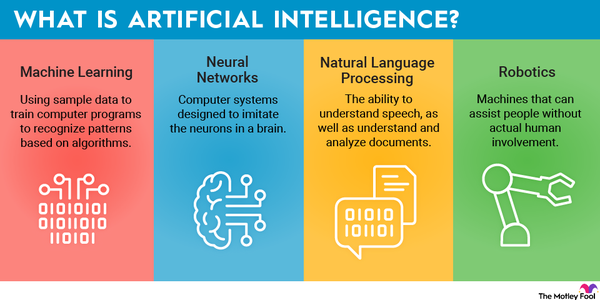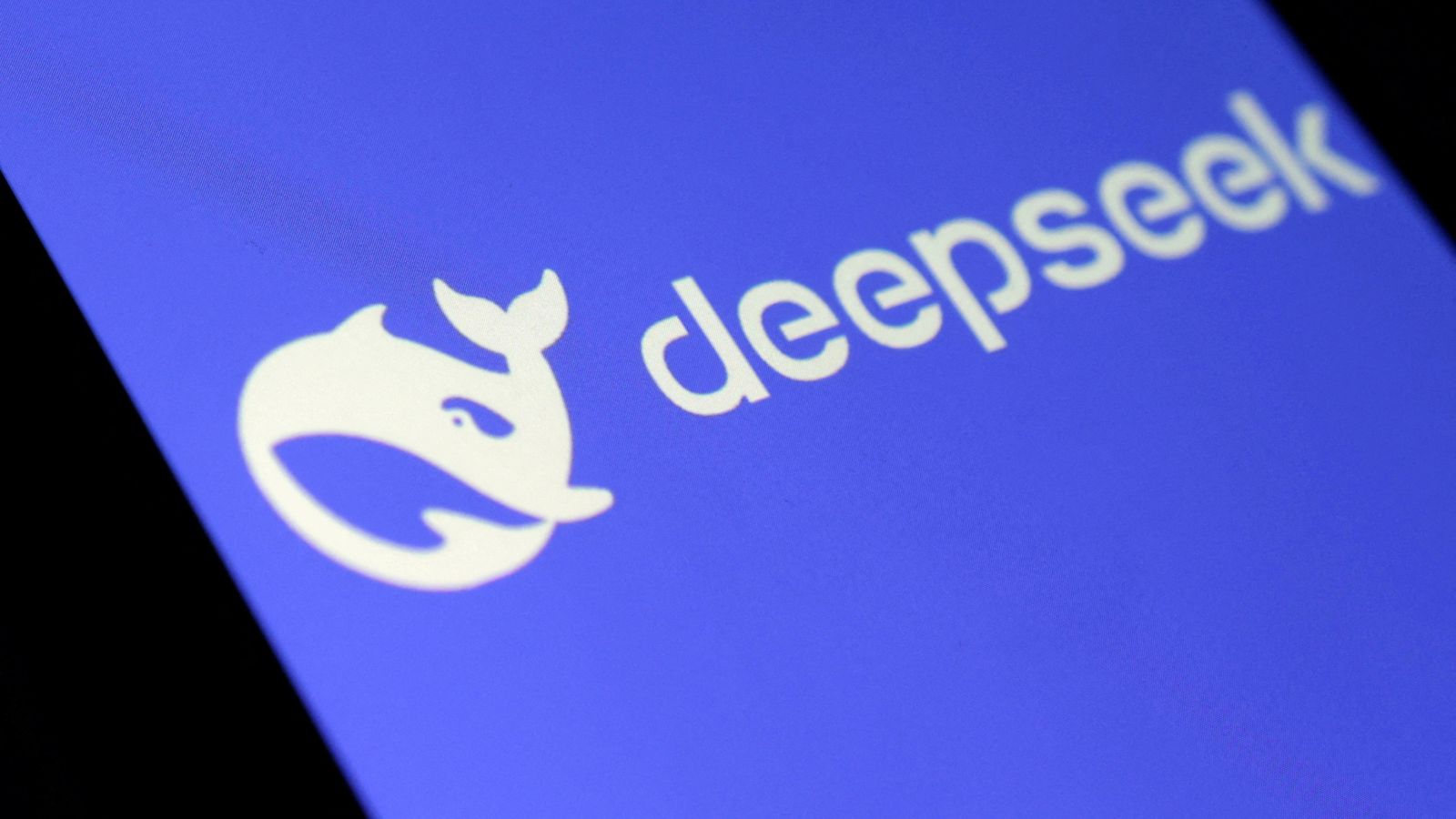
231
FollowOverview
-
Founded Date mayo 29, 1933
-
Sectors Letras Hispánicas
-
Posted Jobs 0
-
Viewed 16
Company Description
Run DeepSeek R1 Locally – with all 671 Billion Parameters
Last week, I showed how to quickly run distilled versions of the DeepSeek R1 design locally. A distilled design is a of a bigger language model, where knowledge from a bigger model is transferred to a smaller sized one to minimize resource usage without losing too much performance. These models are based upon the Llama and Qwen architectures and be available in versions varying from 1.5 to 70 billion specifications.

Some explained that this is not the REAL DeepSeek R1 which it is difficult to run the complete model in your area without a number of hundred GB of memory. That sounded like a challenge – I thought! First Attempt – Warming up with a 1.58 bit Quantized Version of DeepSeek R1 671b in Ollama.cpp

The developers behind Unsloth dynamically quantized DeepSeek R1 so that it might operate on as low as 130GB while still gaining from all 671 billion specifications.
A quantized LLM is a LLM whose parameters are kept in lower-precision formats (e.g., 8-bit or 4-bit instead of 16-bit). This significantly minimizes memory usage and accelerates processing, with very little effect on performance. The complete version of DeepSeek R1 utilizes 16 bit.
The compromise in accuracy is ideally compensated by increased speed.
I downloaded the files from this collection on Hugging Face and ran the following command with Llama.cpp.
The following table from Unsloth reveals the advised value for the n-gpu-layers specification, which suggests how much work can be offloaded to the GPU.
According to the table, I thought 7 ought to be the optimum, but I got it running with 12. According to Windows Task Manager my GPU has 40 GB of memory, and not 24 as I thought. So then it adds up (7/ 24 * 40 ≈ 12).
If you choose to run the design straight with Ollama, you need to combine the three GGUF files using Llama.cpp or a comparable tool first.
Above is some of the text that appears on screen while running the command.
Llama.cpp and the quantized model are heavy on memory and CPU, but likewise use the GPU (a little) and continuously check out from the disk where the design files are kept.
The model duplicates the question and is preparing yourself to begin thinking.
The reasoning, or thinking, is quite lengthy – which also adds to the overall time it takes.
Okay, so I require to figure out Alan Turing’s crucial contribution to how we live our lives in 2025. Hmm. Let’s begin by remembering who Alan Turing was. He was a British mathematician and computer system scientist, right? He’s known for his operate in code-breaking throughout The second world war, especially with the Enigma maker. Oh, and he’s likewise thought about among the fathers of theoretical computer technology and artificial intelligence.
So, his contributions … Well, the Turing Machine concept is essential in computer system science. It’s a theoretical model of a computer, which laid the groundwork for modern computing. Then there’s the Turing Test, which is about figuring out whether a machine can display smart habits equivalent from a human. That belongs to AI. Also, his deal with morphogenesis, which I believe is about biological patterns and growth, like how organisms develop shapes and patterns.
Now, how do these contributions impact life in 2025? Well, we remain in a world where AI is becoming more prevalent. So perhaps his deal with the Turing Test is affecting how AI is established and integrated into society. If the Turing Test is a criteria for AI intelligence, then advancements in AI that pass this test may be substantial. But wait, the Turing Test is more of a philosophical criteria. Maybe the real algorithms or ideas he developed are more foundational.
The Turing Machine model is the basis for the stored-program computer system, which is the architecture of modern computers. All our computer systems today, including mobile phones, servers, etc, are based upon this idea. So, in 2025, even as technology advances, the fundamental principles he laid down would still be the basis for all computational gadgets. That’s quite big. Without that, we wouldn’t have the computer systems that power everything from the internet to AI algorithms.
Additionally, his work on code-breaking during WWII led to advancements in cryptography. Modern encryption techniques may have roots in his work, which is vital for safe communication in 2025. Everything from electronic banking to personal messaging counts on file encryption, so that’s a huge contribution.
Another angle is his influence on the development of algorithms. The concept of a universal computing maker enables for the production of complex algorithms that drive AI, information analysis, artificial intelligence, etc. So, any AI systems in 2025 would come from his foundational work.
Also, morphogenesis may have influenced fields like biology and genetics. Maybe in 2025, understanding biological patterns helps in locations like genetic modification or synthetic biology. But I’m uncertain how straight that ties into daily life compared to computing.
Putting it all together, the most crucial contribution may be the Turing Machine and the theory of calculation, which underpin all modern-day computing technology. Without that, the digital age wouldn’t exist as we understand it. In 2025, even with improvements, the fundamental structure of calculation he offered would still be essential. Alternatively, his work on AI and the Turing Test may be more highlighted in an AI-driven future, however the foundational computing theory seems more fundamental.
Wait, but the Turing Test is more about evaluating AI instead of a contribution to technology itself. The real contribution is the theoretical basis for computing, which made it possible for all the digital tech we have. So, in 2025, all the clever gadgets, AI, cloud computing, and so on, are all built upon the concepts he established. Therefore, his crucial contribution is the idea of a universal Turing maker, which is the basis for all modern-day computer systems, resulting in the digital transformation that defines modern life.
And finally the response.
Alan Turing’s most significant contribution to how we live in 2025 is his foundational work in theoretical computer technology, particularly the idea of the universal Turing device. This theoretical design developed the principles of modern-day computation, forming the basis for all digital computer systems. In 2025, this innovation underpins the whole digital world, making it possible for technologies like synthetic intelligence, cloud computing, mobile phones, and the web. Without Turing’s conceptual framework, the development of programmable computers and subsequent innovations that define modern life-from AI algorithms to secure communication systems-would not have been possible. His deal with cryptography and the Turing Test likewise contributed to protect communications and AI development, however it is the universal Turing device that remains the foundation of our digital presence.
In summary: The 1.58 bit quantized model produced 0.39 tokens per second. In overall, it took about 37 minutes to address the very same question.
I was type of surprised that I had the ability to run the design with only 32GB of RAM.
Second Attempt – DeepSeek R1 671b in Ollama
Ok, I get it, a quantized model of just 130GB isn’t really the complete model. Ollama’s design library seem to consist of a full version of DeepSeek R1. It’s 404GB with all 671 billion criteria – that should be genuine enough, right?
No, not actually! The version hosted in Ollamas library is the 4 bit quantized version. See Q4_K_M in the screenshot above? It took me a while!
With Ollama installed on my home PC, I just required to clear 404GB of disk space and run the following command while getting a cup of coffee:
Okay, it took more than one coffee before the download was complete.
But finally, the download was done, and the enjoyment grew … till this message appeared!
After a fast visit to an online shop selling various kinds of memory, I concluded that my motherboard would not support such large quantities of RAM anyway. But there must be alternatives?
Windows enables virtual memory, suggesting you can switch disk space for virtual (and rather slow) memory. I figured 450GB of extra virtual memory, in addition to my 32GB of genuine RAM, ought to be sufficient.
Note: Know that SSDs have a minimal variety of write operations per memory cell before they break. Avoid excessive usage of virtual memory if this issues you.
A brand-new attempt, and rising enjoyment … before another error message!
This time, Ollama attempted to press more of the Chinese language model into the GPU’s memory than it could deal with. After searching online, it appears this is a known problem, but the service is to let the GPU rest and let the CPU do all the work.
Ollama uses a “Modelfile” containing setup for the model and how it ought to be used. When utilizing models straight from Ollama’s model library, you usually don’t deal with these files as you must when downloading models from Hugging Face or similar sources.
I ran the following command to show the existing setup for DeepSeek R1:
Then, I included the following line to the output and waited in a brand-new file called Modelfile:
I then produced a new model setup with the following command, where the last specification is my name for the design, which now runs entirely without GPU use:
Once again, bybio.co the enjoyment grew as I nervously typed the following command:
Suddenly, it happened! No mistake message, however tokens started appearing! Admittedly, the speed was such that if you were quick enough, you might practically grab a coffee in between each screen update – however it was working! A language design on par with the best from OpenAI, with all its 671 billion parameters, running on my three-year-old PC with 32GB (genuine) RAM!
I had actually asked the exact same question to both ChatGPT (4o, o1, 03-mini-high), DeepSeek R1 hosted in China and DeepSeek R1 671b hosted in your area.
This is the reasoning from DeepSeek R1 running in Ollama on my own computer, as it appeared slowly-token by token.
And lastly this is the answer from DeepSeek R1 running in Ollama. The model outputs the response with markdown formatting.
Alan Turing’s most significant contribution to modern life, particularly as we look toward 2025, depends on his fundamental work on computational theory and synthetic intelligence, which underpin almost every aspect of modern innovation. Here’s a structured breakdown:
1. Universal Turing Machine (1936 ):
– This conceptual model for general-purpose computing is the bedrock of all digital technology today. It developed that a single maker might perform any computable job with the right program, enabling: setiathome.berkeley.edu Modern Computing Devices (smartphones, cloud facilities, IoT).
Software Development, enabling versatile applications throughout markets.
2. In 2025, developments in quantum computing, AI, and edge computing still count on Turing’s concepts of programmable reasoning.
3. Expert system & the Turing Test (1950 ):
– His framework for examining machine intelligence stimulated decades of research into human-like AI. By 2025, this legacy appears in: – Advanced chatbots, virtual assistants (e.g., GPT-4/ 5), and autonomous systems.
– Ethical debates around AI decision-making in health care, finance, and law.
4. Cryptography & Security:
– Turing’s WWII codebreaking work foreshadowed modern-day encryption strategies crucial for: – Securing digital transactions, individual data, and blockchain technologies.
– Combating cyber risks in a progressively connected world.
Why the Universal Machine Sticks Out: While AI and cryptography are transformative, Turing’s theoretical design of computation is the most essential. It made it possible for the development of programmable systems that drive today’s innovations-from AI algorithms to quantum computing research. Without this foundation, the digital facilities of 2025 simply would not exist.
So, how long did it take, utilizing the 4 bit quantized design? A long time! At 0.05 tokens per 2nd – meaning 20 seconds per token – it took nearly seven hours to get an answer to my concern, consisting of 35 minutes to pack the model.
While the design was believing, the CPU, memory, and the disk (utilized as virtual memory) were close to 100% hectic. The disk where the design file was saved was not hectic throughout generation of the response.
After some reflection, I thought perhaps it’s all right to wait a bit? Maybe we should not ask language designs about whatever all the time? Perhaps we need to believe for ourselves first and want to wait for an answer.
This may resemble how computers were used in the 1960s when machines were big and availability was extremely minimal. You prepared your program on a stack of punch cards, which an operator packed into the machine when it was your turn, and you might (if you were lucky) select up the outcome the next day – unless there was an error in your program.
Compared to the action from other LLMs with and without thinking
DeepSeek R1, hosted in China, believes for 27 seconds before supplying this answer, which is a little shorter than my locally hosted DeepSeek R1’s reaction.
ChatGPT responses similarly to DeepSeek however in a much shorter format, with each model offering slightly various actions. The thinking models from OpenAI invest less time thinking than DeepSeek.

That’s it – it’s certainly possible to run various quantized variations of DeepSeek R1 locally, with all 671 billion parameters – on a three years of age computer with 32GB of RAM – just as long as you’re not in excessive of a hurry!
If you truly want the full, non-quantized variation of DeepSeek R1 you can discover it at Hugging Face. Please let me understand your tokens/s (or rather seconds/token) or you get it running!

